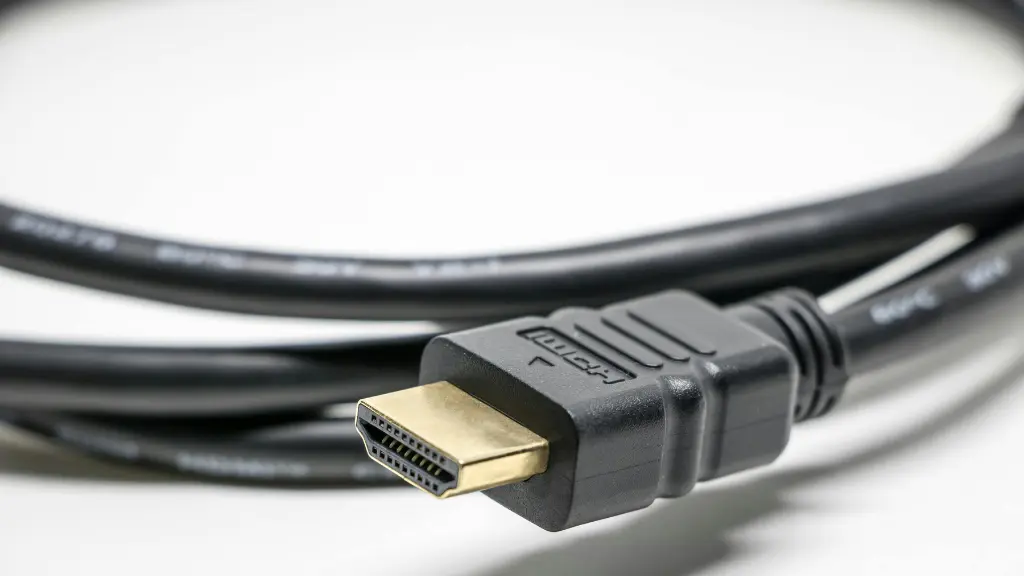
As someone who enjoys watching movies and playing video games on my TV, I’m always looking for ways to improve my viewing experience. That’s why I was excited to learn about hdmi moduator. These devices allow you to distribute HDMI signals to multiple TVs in your home without the need for additional cables or equipment.
An HDMI modulator takes an HDMI signal and converts it into a digital TV signal that can be distributed over coaxial cable. This means you can send your HDMI signal to any TV in your home that has a hdmi to rf coax tv modulator cable connection. It’s a great solution for homes with multiple TVs, as it eliminates the need for additional HDMI cables or equipment.
One of the benefits of using an HDMI modulator is that it allows you to watch the same content on multiple TVs at the same time. This is great for families who want to watch a movie together or for sports fans who want to watch the big game in multiple rooms. Additionally, an HDMI modulator can help you save money on equipment and installation costs, as you won’t need to purchase additional best coax atsc moduator cables or equipment to distribute your signal.
Understanding Hdmi Moduator
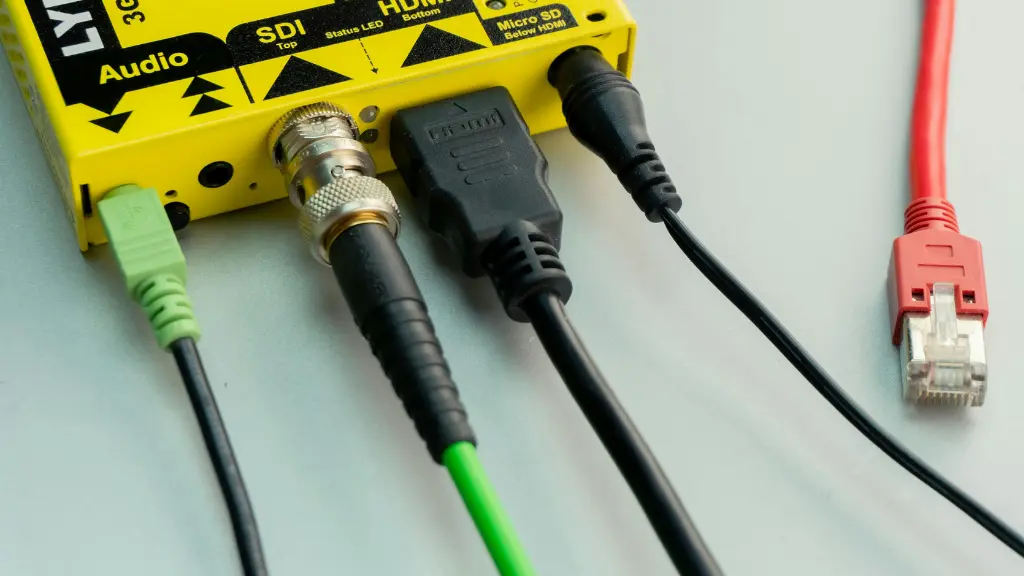
As an expert in the field of audio and video technology, I have come across many different types of HDMI modulators. HDMI modulators are devices that convert HDMI signals into RF signals, making it possible to transmit video and audio over long distances without losing quality. In this section, I will discuss the different types of hdmi moduator and how they work.
Types of Hdmi Moduator
There are two main types of HDMI modulators: standalone and rack-mount. Standalone HDMI modulators are designed for individual use and are typically used in small installations. Rack-mount hdmi moduator, on the other hand, are designed for larger installations and can be mounted in a server room or equipment rack.
Another type of HDMI modulator is the HDMI RF modulator. This type of modulator is used to convert HDMI signals into hdmi rf moduator signals that can be transmitted over coaxial cables. Vecoax minimod 2 hdmi rf modulator are commonly used in commercial installations, such as hotels, restaurants, and sports bars.
How Hdmi Moduator Work
Hdmi moduator work by converting digital HDMI signals into analog RF signals. The modulator takes the HDMI signal and uses a process called modulation to convert it into an RF signal. The RF signal can then be transmitted over long distances without losing quality.
One of the key benefits of hdmi moduator is their ability to transmit video and audio over long distances without the need for expensive cabling. This makes them ideal for use in commercial installations, where long cable runs can be costly and difficult to install.
In conclusion, HDMI modulators are an essential component of any audio or video installation. They allow for the transmission of high-quality video and audio over long distances, making them ideal for use in commercial installations. By understanding the different types of hdmi moduator and how they work, you can choose the right device for your specific needs.
Selecting the Best HDMI Modulator
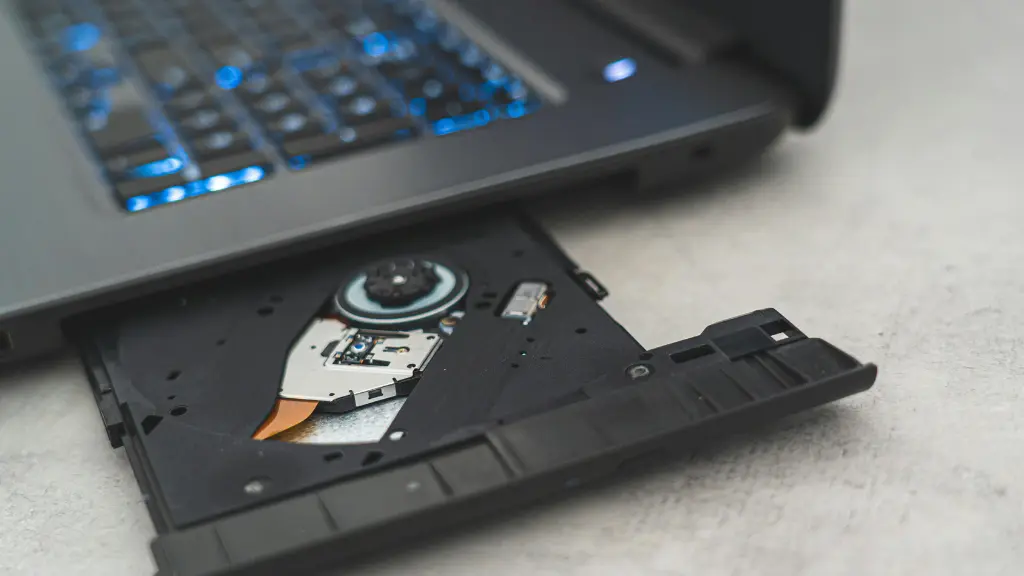
As technology advances, the need for high-quality video transmission has become increasingly important. Hdmi moduator are a great solution for distributing high-definition video signals over long distances. Nevertheless, given the abundance of choices, determining the optimal selection for your requirements can prove challenging. In this section, I will highlight some of the key features to consider when selecting the best HDMI modulator and compare some of the top models on the market.
Features to Consider
When selecting an hdmi moduator, there are several features to consider:
- Input and Output Resolution: The input and output resolution of the modulator is an important factor to consider. Make sure the modulator supports the resolution of your source device and the display device.
- Number of Channels: The number of channels supported by the modulator is also important. If you need to distribute multiple video signals, make sure the modulator has enough channels to meet your needs.
- Encoding: The encoding method used by the modulator can affect the quality of the video signal. Make sure the modulator uses a high-quality encoding method that is compatible with your source and display devices.
- Frequency Range: The frequency range of the modulator is important if you need to distribute the video signal over a long distance. Make sure the modulator has a frequency range that is suitable for your needs.
- Ease of Use: The ease of use of the modulator is also important. Look for a modulator that is easy to install and configure, with a user-friendly interface.
Comparing Top Models
Here are some of the top hdmi moduator on the market, along with their key features:
| Model | Input Resolution | Output Resolution | Number of Channels | Encoding | Frequency Range | Ease of Use |
|---|---|---|---|---|---|---|
| ZeeVee HDb2620 | 1080p | 1080p | 2 | H.264 | 47-1000MHz | Easy |
| Thor Broadcast H-HDMI-RF | 1080p | 1080p | 1 | MPEG2/H.264 | 47-1000MHz | Moderate |
| Blonder Tongue HDE-4S-PRO | 1080p | 1080p | 4 | MPEG2/H.264 | 54-1000MHz | Difficult |
As you can see, the ZeeVee HDb2620 is a great option if you need to distribute two video signals, with a user-friendly interface and a wide frequency range. The Thor Broadcast H-HDMI-RF is a good option if you only need to distribute one video signal, with moderate ease of use. The Blonder Tongue HDE-4S-PRO is a good option if you need to distribute up to four video signals, but it may be difficult to install and configure.
Overall, when selecting the best hdmi moduator, consider the features that are most important to your needs and compare the top models on the market to find the one that is right for you.
HDMI to RF Coax Modulators

As a professional in the audiovisual industry, I have come across many situations where HDMI signals needed to be converted to RF coax signals. This is where HDMI to RF coax modulators come in handy. In this section, I will discuss the benefits of HDMI to RF conversion and provide some installation tips.
Benefits of HDMI to RF Conversion
One of the biggest benefits of hdmi moduator to RF conversion is the ability to distribute high-quality audio and video signals over long distances without signal loss. This is especially useful in commercial settings such as hotels, sports bars, and conference centers where multiple displays need to be fed with the same content.
Another benefit of hdmi moduator to RF conversion is the ability to integrate older analog equipment with newer digital equipment. Many older devices such as VCRs and DVD players only have RF coax outputs, so using an HDMI to RF modulator allows these devices to be connected to modern displays.
Installation Tips
When installing an hdmi moduator to RF modulator, there are a few things to keep in mind. First, make sure to choose a modulator that is compatible with your existing equipment. This includes the type of signal being converted (e.g. HDMI to NTSC or PAL), the frequency range of the modulator, and the output power.
Second, it is important to use high-quality cables and connectors to ensure a stable and reliable signal. This includes using hdmi moduator cables with gold-plated connectors and RG6 coaxial cables with compression connectors.
Finally, when setting up the modulator, be sure to follow the manufacturer’s instructions carefully. This may include adjusting the output frequency, setting the channel number, and adjusting the output power.
In conclusion, hdmi moduator to RF coax modulators are a valuable tool in the audiovisual industry, providing a way to distribute high-quality audio and video signals over long distances and integrate older analog equipment with newer digital equipment. By following these installation tips, you can ensure a reliable and stable signal for your customers.
Coaxial RF Modulators

As an expert in hdmi moduator modulation technology, I have extensive knowledge of the different types of modulators available in the market. Coaxial RF modulators are a popular choice for many applications due to their versatility and compatibility with different systems.
Understanding Coaxial Technology
Coaxial RF modulators are designed to convert audio and video signals from a source device Transform into a format suitable for transmission via a coaxial cable. This technology is widely used in cable TV systems, where the modulator is used to convert the signal from a set-top box into a format that can be transmitted over the cable network.
Coaxial RF modulators are also used in security systems, where they are used to convert the hdmi moduator signal from a camera into a format that can be transmitted over a coaxial cable. This technology is also used in home entertainment systems, where the modulator is used to convert the signal from a DVD player or gaming console into a format that can be transmitted over a coaxial cable.
Integrating with Existing Systems
One of the biggest advantages of coaxial RF modulators is their compatibility with existing systems. These modulators can be easily integrated with existing cable TV systems, security systems, and home entertainment systems, making them a popular choice for many applications.
When choosing the best coax RF HDMI modulator for your application, it is important to consider factors such as compatibility with your existing system, signal quality, and ease of installation. Look for a modulator that is easy to install and configure, and that provides high-quality audio and video signals.
In conclusion, coaxial RF modulators are a versatile and reliable technology that can be used in a wide range of applications. Whether you are building a cable TV system, a security system, or a home entertainment system, a coaxial RF modulator can help you convert your audio and video signals into a format that can be transmitted over a coaxial cable.
ATSC Modulators
ATSC Standard Explained
The Advanced Television Systems Committee (ATSC) is a standard used for digital television (DTV) broadcasting in North America. ATSC modulators are used to convert digital video and audio signals into RF signals that can be transmitted over the air. The ATSC standard supports high-definition (HD) and standard-definition (SD) video, as well as Dolby Digital 5.1 surround sound.
ATSC modulators operate on specific frequencies and support a range of modulation schemes, including 8VSB (vestigial sideband) and QAM (quadrature amplitude modulation). 8VSB is the most commonly used modulation scheme for ATSC broadcasting in North America, while QAM is used for cable TV.
Choosing an ATSC Modulator
When choosing an ATSC modulator, it is important to consider the following factors:
- Frequency range: Make sure the modulator supports the frequency range you need for your broadcasting application.
- Modulation scheme: Choose a modulator that supports the modulation scheme you plan to use for your broadcasting application.
- Output power: Make sure the modulator provides sufficient output power for your broadcasting application.
- Compatibility: Choose a modulator that is compatible with your existing broadcasting equipment, such as antennas and transmitters.
- Features: Look for additional features that may be useful for your broadcasting application, such as adjustable output power, built-in test signal generators, and remote control capabilities.
One of the best coax ATSC modulators on the market is the Blonder Tongue HDE-4S-PRO. This modulator supports both 8VSB and QAM modulation schemes and has a frequency range of 54-1000 MHz. It also features adjustable output power, a built-in test signal generator, and remote control capabilities.
Installation and Setup
Step-by-Step Guide
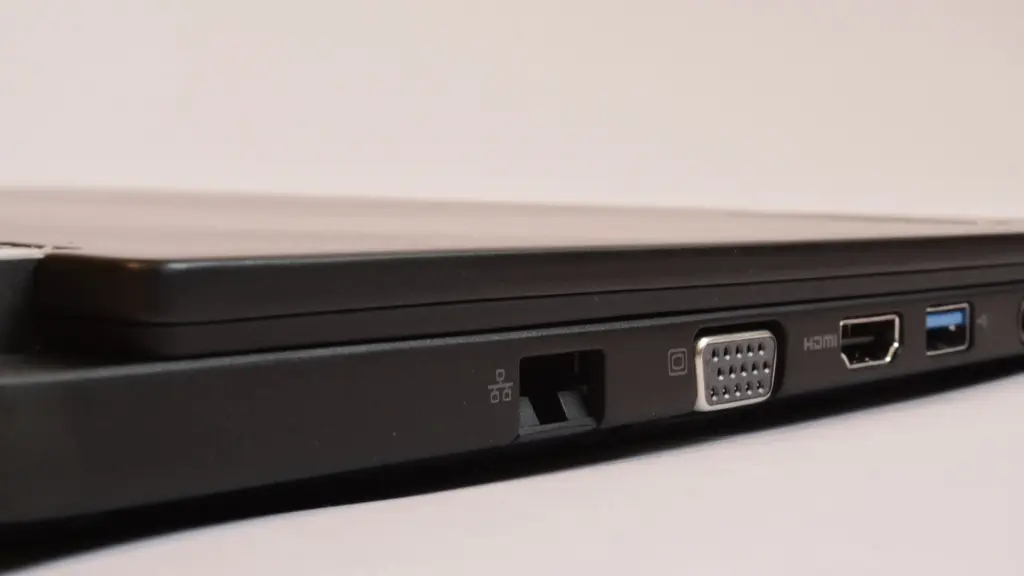
To install and set up an hdmi moduator, follow these simple steps:
- First, make sure you have all the necessary components, including the HDMI modulator, HDMI cables, and a power supply.
- Connect the HDMI source device (such as a Blu-ray player or gaming console) to the HDMI input of the modulator using an HDMI cable.
- Connect the coaxial cable to the RF output of the modulator and the other end to your TV or distribution system.
- Connect the power supply to the modulator and plug it into an electrical outlet.
- Turn on the HDMI source device and the TV or distribution system to ensure that the signal is being transmitted properly.
- Use the modulator’s settings to adjust the output signal to the desired frequency and format.
- Once the signal is properly configured, you can enjoy high-quality video and audio on your TV or distribution system.
Troubleshooting Common Issues
If you encounter any issues during the installation or setup process, try these troubleshooting tips:
- Ensure that all cables are firmly connected and in a state of good repair.
- Check that the HDMI source device is turned on and properly configured.
- Verify that the TV or distribution system is set to the correct input source.
- If the signal is weak or distorted, adjust the modulator’s output settings or check the quality of the coaxial cable.
By following these simple steps and troubleshooting tips, you can easily install and set up an HDMI modulator for high-quality video and audio transmission.
Recommended Products
Vecoax Minimod 2 Review
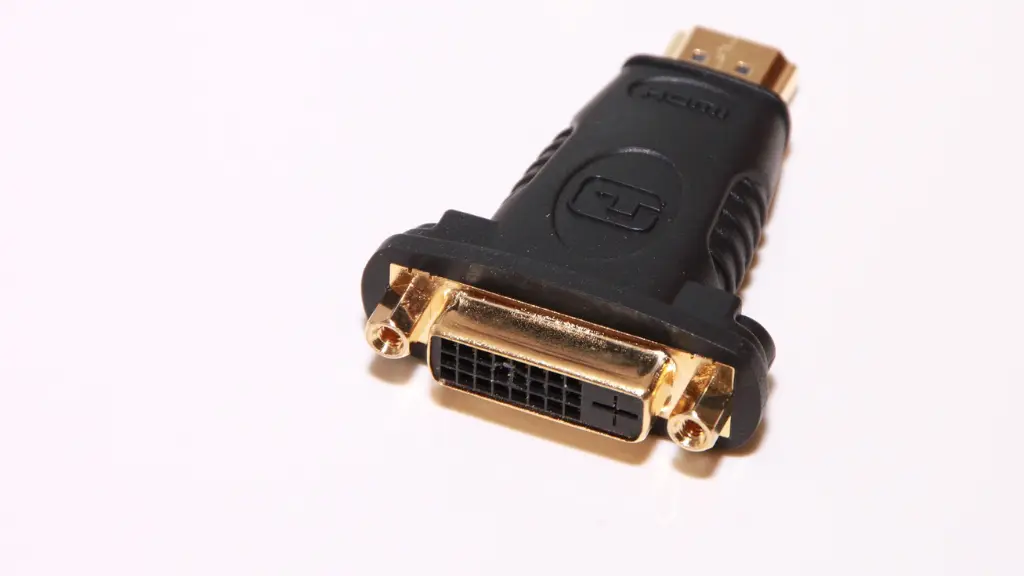
As an experienced professional in the field of hdmi moduator RF modulators, I highly recommend the Vecoax Minimod 2. This product is a top-of-the-line HDMI RF modulator that offers exceptional quality and performance. It is designed to convert HDMI signals into a digital TV channel that can be broadcasted over coaxial cable.
One of the standout features of the Vecoax Minimod 2 is its ease of use. It is incredibly simple to set up and operate, making it an ideal choice for both novice and experienced users. Additionally, it offers a wide range of customization options, allowing you to tailor its performance to your specific needs.
Overall, the Vecoax Minimod 2 is an excellent choice for anyone looking for a high-quality hdmi moduator RF modulator. Its exceptional performance, ease of use, and customization options make it a standout product in its class.
Top Picks for HDMI RF Modulators
When it comes to selecting the best coax modulator, there are a few key factors to consider. These include the quality of the signal, ease of use, and customization options. Based on my experience, here are my top picks for HDMI RF modulators:
- Vecoax Minimod 2 – As mentioned above, this is an exceptional product that offers outstanding performance, ease of use, and customization options.
- ZeeVee HDb2620 – This is another high-quality HDMI RF modulator that offers excellent signal quality and a range of customization options.
- Blonder Tongue HDE-4S-PRO – This is a professional-grade HDMI RF modulator that offers exceptional signal quality and a wide range of customization options.
Overall, these three products are among the best coax modulators on the market today. Whether you are a novice or an experienced user, you can be confident in their quality and performance.
Frequently Asked Questions

As an expert in hdmi moduator, I get asked a lot of questions about these devices. Below are several frequently asked questions that I often encounter:
What is an HDMI modulator?
An HDMI modulator is a device that takes an hdmi moduator signal and converts it into a digital TV signal that can be distributed over coaxial cable. This allows you to send your HDMI signal to multiple TVs over long distances without losing quality.
Do I need a separate modulator for each TV?
No, you don’t. One HDMI modulator can distribute the signal to multiple TVs using a splitter or a distribution amplifier. This is a cost-effective solution for distributing your HDMI signal to multiple rooms.
What types of hdmi moduator are available?
There are two main types of hdmi moduator: HD modulators and Full HD modulators. HD modulators support up to 720p resolution, while Full HD modulators support up to 1080p resolution. There are also 4K modulators available for distributing 4K content to multiple TVs.
Can I use an HDMI modulator with my cable or satellite box?
Yes, you can. Simply connect the HDMI output of your cable or satellite box to the input of the HDMI modulator and then connect the modulator to your coaxial cable network. This allows you to distribute your cable or satellite signal to multiple TVs.
Conclusion
The range of an HDMI modulator depends on the type of modulator and the quality of the coaxial cable used. Typically, HD modulators have a range of up to 100 feet, while Full HD modulators have a range of up to 300 feet. However, this can vary depending on the quality of the cable and the number of splitters used.
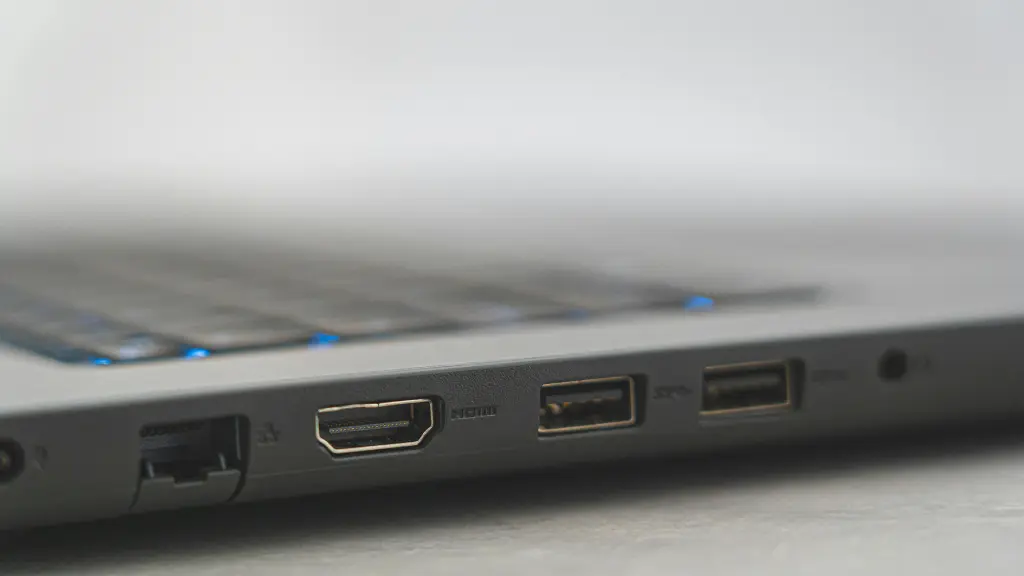
I hope this section has answered some of your questions about hdmi moduator. Read this article too: Goldline Precious Metals: A Guide for Investors.

One Response